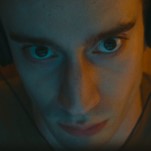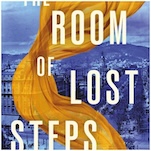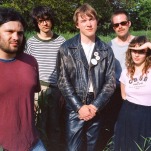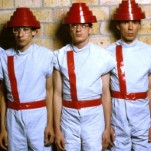The Leaderboard: Runnin’ Down A Dream With Driver: San Francisco
Robert Zacny looks at how dreams, reality and muscle cars merge in last year’s overlooked driving game.
It’s surprising how grounded most videogames are. Maybe earthbound is a better word for it, because I don’t even realize how much they constrain themselves until I play a game like Driver: San Francisco and feel the ground falling away beneath my feet. This is what it is like to play a game unburdened by any obligation to reality. Driver SF is the dream of a comatose police officer whose subconscious creates a series of adventures to live out while his body lies immobile in intensive care. Like the best dream I’ve ever had, his is one where everyday limitations and consequences give way to the pure joy of wishes fulfilled.
Driver SF is in love with the idea of being a great driver in a world built for muscle cars. The soul-inflected pseudo-’70s soundtrack hearkens back to the idealized Motown that gave us Driver SF’s list of cars. Dodge’s Charger and Challenger are back on the streets, along with Chevy’s Camaro and Ford’s old-school Mustang GT. There are a handful of European exotics and a shocking number of European sedans, but Driver SF is as American as a straight-six and poor handling. Being an ace behind the wheel means wrestling with enough torque to change the axis of the earth.
But what makes Driver SF take flight, literally, is the “shifting” mechanic that lets you jump from one car into another at any time, in any place. With the press of a button you are whipped into a bird’s-eye view of the city as time slows down and the traffic crawls by beneath you. Then you can simply soar across the city and jump into another car, any car you like. It’s a mechanic that, at the most basic level, is designed to remove any obstacles between you and whatever driving fantasy catches your attention.
Stuck in a boring part of town? There’s probably something fast and dangerous driving along the Embarcadero right now. Maybe you want to see if anything cool is just about to get on the highway, just so you can push the pedal to the floor and start cutting through traffic at the speed of thought. Anywhere you go, your map will show that there’s a race nearby, or a car chase, or a location for some stunt-driving.
-

-

-

-

-

-

-

-

-

-

-

-

-

-

-

-

-

-

-

-

-

-

-

-

-

-

-

-

-

-

-

-

-

-

-

-

-

-

-

-








































